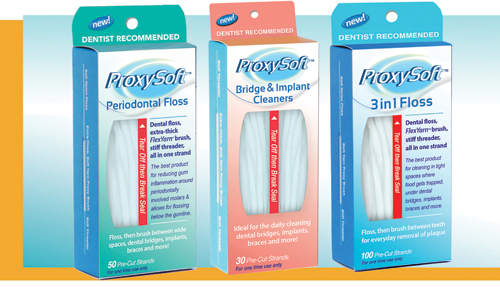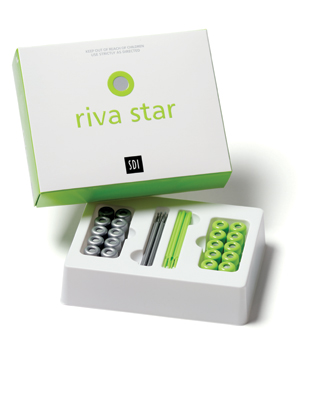The advent of modern techniques in modern dentistry has lead super specialty procedures in dental surgery. The common problems that people in general face in teeth are decay of teeth, gum disease also known as periodontal disease, tooth erosion, toothaches, tooth sensitivity. If you’re suffering from any of these cases, you need to see a dental specialist surgeon without delay.
What does an orthodontist do?
If you’re suffering from crooked teeth, it is important to undergo some corrective treatment. In crooked teeth, teeth are not straight as they should be. Whether a tooth or a set of teeth, they are said to be crooked if they are the tooth is bent. It’s here that the role of an OKC orthodontist becomes important.
As a professional, the orthodontist is supposed to locate the issue of positioning the teeth correctly so that they deliver the optimal function. As a matter of diagnosis, and surgical aids, the the professional can use X-rays or other means of diagnostics. They will prescribe dental brace, space maintainers, retainers to bring out correction in crooked teeth..
Further, the professional can play a big role in envisaging custom treatment that may be required according to the peculiar nature of the case. They will work along with orthodontic technicians who will assist in placing the brace correctly.
The Shawnee orthodontist designs and gets fabricated dental braces and implants. The braces are aiding tools in orthodontic that bring the teeth into proper alignment and straighten them. On the other hand, dental implants are surgical components that that are used as support to the bone of the jaw or skull to support a dental prosthesis like a bridge, crown, denture facial prosthesis and so on.
Choosing the right orthodontist
So, if you are planning to get dental braces, or implants, it is important to choose qualified experienced orthodontist in your area. In addition to their professional qualification, competency, you need to consider a few more points. They are as follows:
Choose one with a good name – Check out on the Internet for orthodontist in your neighborhood. Also, seek advice from friends, relations, colleagues. Their advice could be valuable. Check their professional credentials. Check if they have got proper certification and education and training
Convenience – Visiting the professional should be convenient. Therefore, the best thing is to choose one in or around your location. This will make it easy for you to reach there easily and on time.. thus, you can save time. You can reach on time when you get an appointment to see the doctor.
While you can undergo treatment for any condition in the teeth, it is important to take care of your teeth. They are simple, yet highly effective. You should brush teeth twice a day and clean the tongue with brush as well as with the tongue scraper. Further, use floss to get rid of food debris between teeth. This will help you keep your whole oral cavity healthy. Further, consume a balanced diet. Drink plenty of water. This will help you keep the health of in our oral cavity intact. If you experience pain, sensitivity or an injury in the teeth or any part in the oral cavity see special doctor immediately.











